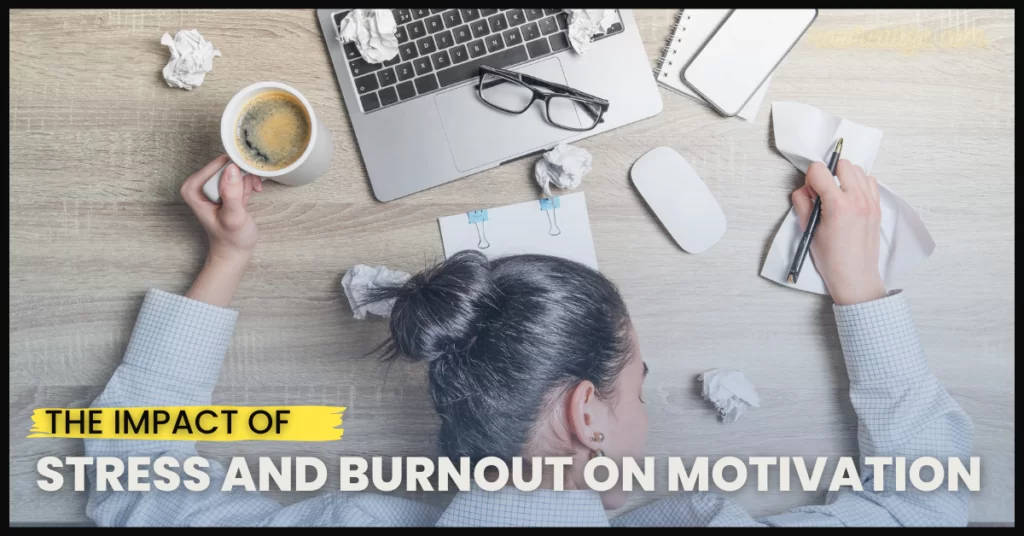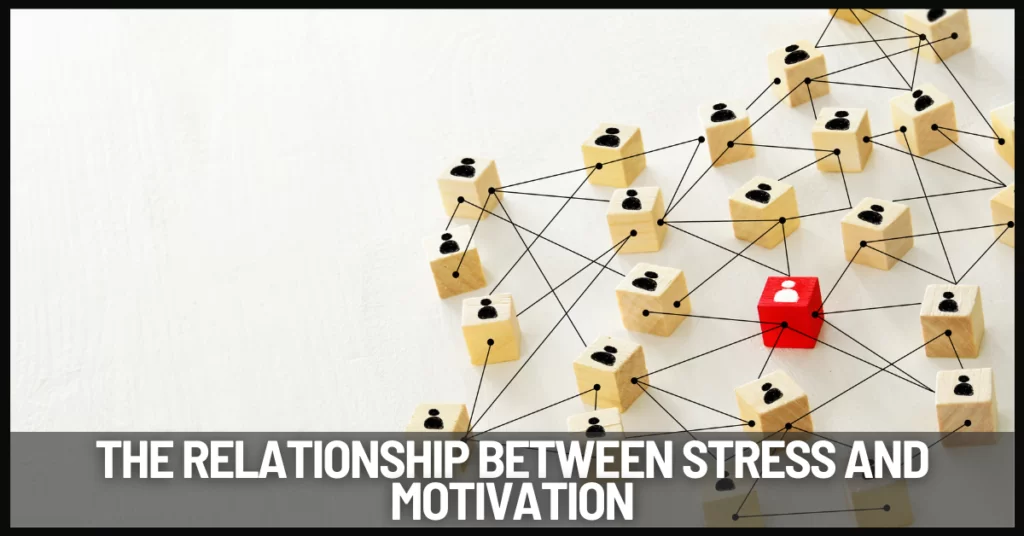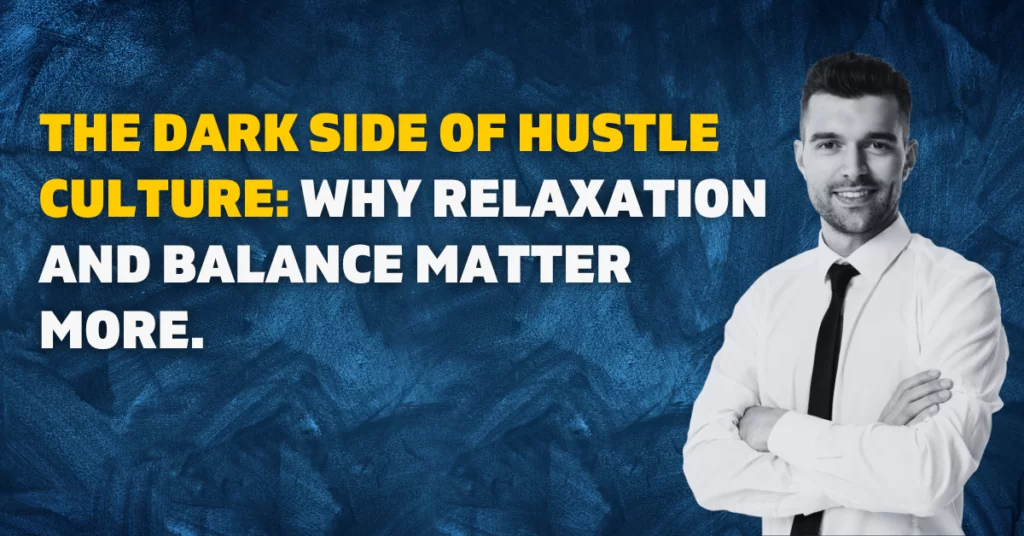
Table of Contents
Introduction to Stress and Burnout

Stress and burnout are common occurrences in today’s fast-paced environment, sometimes used interchangeably but with different consequences. While stress is a normal reaction to difficult events, burnout is a chronic state of physical, emotional, and cerebral depletion induced by persistent stress. Understanding the subtleties of stress and burnout is critical to comprehending their tremendous influence on motivation.
Motivation: A Key Factor

Motivation is the driving factor behind human action, pushing people to set objectives and achieve accomplishment. It comprises both intrinsic and extrinsic reasons that motivate people to take action, be productive, and find fulfillment in various facets of life.
The Relationship Between Stress and Motivation

The link between stress and motivation is complex, with stresses capable of both enhancing and diminishing motivation. While moderate stress can help to improve focus and performance, excessive stress can cause demotivation, indifference, and disengagement.
Burnout: A Motivation Killer
Burnout, defined by emotions of cynicism, alienation, and ineffectiveness, can dramatically reduce motivation. It emerges as emotional weariness and depersonalization, which is frequently caused by extended exposure to high-stress levels, especially in challenging job contexts.
Signs and Symptoms of Stress and Burnout
Recognizing the signs and symptoms of stress and burnout is critical for timely intervention and mitigating their negative consequences on motivation. Symptoms might appear physically, emotionally, or behaviorally, affecting both personal and professional lives.
Impact on Personal and Professional Life
The effects of stress and burnout go beyond the individual, affecting interpersonal relationships, work satisfaction, and overall well-being. Chronic stress and burnout can cause absences from work, decreased productivity, and strained social connections, resulting in a domino effect across multiple domains.
Strategies to Manage Stress and Prevent Burnout
Maintaining motivation and overall wellness requires the implementation of effective stress management and burnout prevention measures. Mindfulness practices, time management strategies, and the establishment of healthy boundaries can all help to improve work-life balance.
Cultivating Resilience and Motivation
Building resilience provides individuals with the tools they need to successfully handle obstacles and setbacks, reducing the impact of stressors on motivation. Developing a growth attitude and practicing self-compassion are critical components of resilience-building activities.
Seeking Support and Resources
Seeking help from friends, mentors, or mental health specialists is essential for dealing with stress and avoiding burnout. Furthermore, using accessible resources such as employee help programs and mental health hotlines can be quite beneficial during times of difficulty.
Case Studies and Success Stories
Examining case studies and success stories from people who have overcome stress and burnout can provide inspiration and practical insights on resilience-building and motivation revival tactics. These stories emphasize the value of perseverance, self-care, and seeking support.
The Role of Work Environment
Employee stress and motivation are heavily influenced by their work environment. Organizations that focus on employee well-being, encourage open communication, and cultivate a friendly culture are better able to reduce stress and maintain motivation.
Long-term Effects on Health and Well-being
Chronic stress and burnout have serious consequences for both physical and mental health, contributing to a variety of conditions including cardiovascular disease, depression, and anxiety disorders. Prioritizing self-care routines and getting expert assistance are critical for avoiding long-term health problems.
Promoting Work-life Balance
Finding a perfect balance between work and personal life is critical for maintaining motivation and avoiding burnout. Maintaining balance requires time management strategies, setting limits, and engaging in relaxing and rejuvenating activities.
Educational Initiatives and Awareness
Educational programs focused on raising knowledge about stress and burnout are critical for de-stigmatizing mental health concerns and encouraging early treatment. Organizations and communities can promote excellent mental health outcomes by cultivating an understanding and supportive culture.
Conclusion

To summarize, stress and burnout have a significant impact on motivation, affecting behavior, productivity, and general well-being. Individuals can effectively manage stress, minimize burnout, and maintain motivation in the pursuit of their goals by identifying the warning signs, employing proactive techniques, and creating supportive surroundings.
Unique FAQs

How can I differentiate between normal stress and burnout?
Normal stress is a transitory response to specific difficulties, whereas burnout is a long-term state of physical, emotional, and mental weariness.
What role does self-care play in combating stress and burnout?
Self-care techniques like exercise, mindfulness, and getting enough rest are critical for recharging energy stores and building resilience.
Can burnout affect relationships with colleagues and loved ones?
Burnout can cause interpersonal difficulties, decreased empathy, and strained relationships as a result of emotional tiredness and detachment.
Are there specific industries that are more prone to burnout?
High-stress industries, such as healthcare, finance, and technology, are frequently associated with greater burnout rates due to hard workloads, long hours, and tremendous pressure to perform.
What are some early warning signs of burnout that I should be aware of?
Chronic exhaustion, cynicism or detachment, diminished happiness and interest in past enjoyable jobs or activities, and physical symptoms such as headaches or stomachaches are all early warning indicators of burnout.
How can organizations promote a supportive work culture to prevent burnout?
Organizations can create a supportive work culture by fostering open communication, offering chances for professional development and advancement, supporting work-life balance, and enacting rules that promote employee well-being.
Is it possible to recover from burnout, and if so, how?
Yes, burnout can be overcome with appropriate self-care, support, and lifestyle changes. This may include taking time off to rest and recharge, seeking therapy or counseling, establishing boundaries, and reevaluating priorities.
What role does leadership play in addressing stress and burnout within an organization?
Leadership plays an important role in treating stress and burnout by setting a good example, encouraging a healthy work environment, offering tools and support to people, and tackling structural issues that cause stress.






